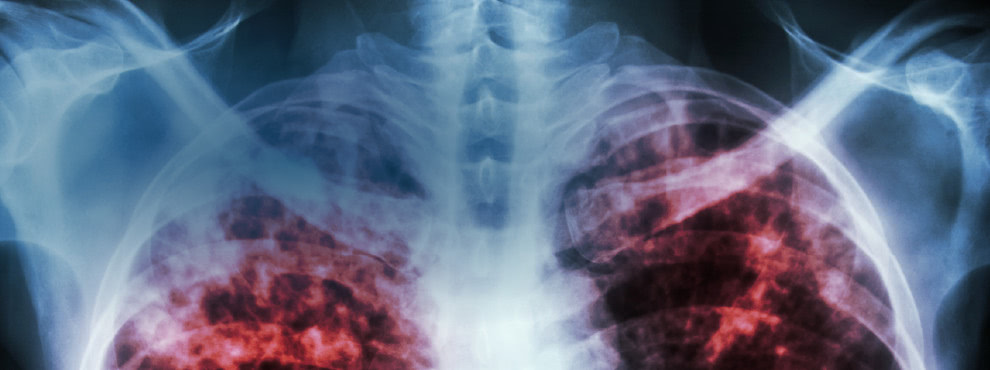Tuberculosis (TB) is one of the world's most dangerous diseases, and has plagued humans for thousands of years. About one-third of the world's population harbors the TB bacterium, with 1.5 million people dying in 2014 alone, and the World Health Organization now ranks TB alongside HIV as the world's deadliest infectious disease. Through Help Stop TB, researchers are using World Community Grid to help fight this deadly disease.
Background
Mycobacterium tuberculosis is a slow killer, often remaining dormant for long periods of time before seizing an opportunity to turn into active TB disease. Poor nutrition, old age or a weakened immune system can all precipitate the onset of active TB. It is an airborne disease, most often spreading from one person to another via a droplet from a cough entering someone's lungs. Symptoms can start with cough, weight loss, and fever, developing into difficulty breathing and coughing up blood, and can spread to other organs.
Problem
Although a vaccine and several drugs have been developed to help combat TB, the TB bacterium has been evolving resistance to available treatments. Drug treatment can last up to two years, but when patients interrupt or discontinue treatment, the bacteria can develop resistance. This, along with inconsistent availability of drugs, and increased risk of infection for HIV patients with weakened immune systems, have all contributed to a resurgence of the disease. Nearly half of European cases are now resistant to at least one drug, and 4% of all cases worldwide are resistant to a combination of drugs.
Proposed Solution
The bacterium has an unusual coat which protects it from many drugs and the patient's immune system. Among the fats, sugars and proteins in this coat, the TB bacterium contains a type of fatty molecules called mycolic acids. Help Stop TB will use the massive amount of computing power donated by World Community Grid members to simulate the behavior of these molecules in their many configurations to better understand how they offer protection to the TB bacteria. Scientists hope to use the resulting information to finally develop better treatments for this deadly disease.
